The AGROCHAR project introduces a revolutionary architectural system that combines sustainability, versatility, and carbon capture. By harnessing the power of biochar, an agricultural waste product with carbon-negative properties, AGROCHAR minimizes environmental impact while contributing to decarbonization efforts. The system’s topological interlocking assembly method, supported by post- tensioning techniques, redefines traditional structural configurations, enabling efficient and durable construction without the need for mortar. With limited customization options, AGROCHAR promotes longevity, adaptability, and a transformative approach to construction that aligns with the urgent need for sustainable practices in the built environment.
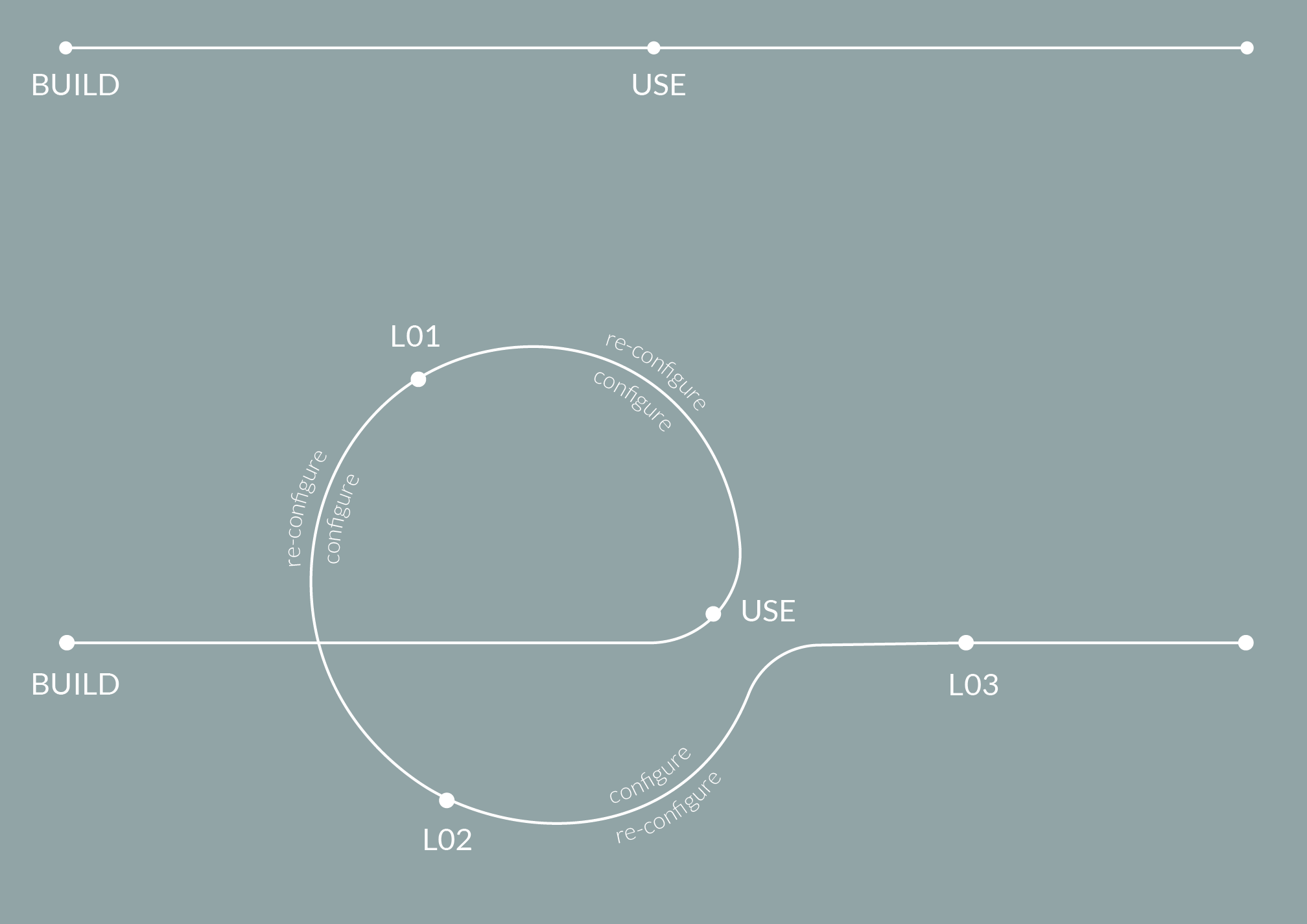
Abstract
This project presents AGROCHAR, an innovative architectural system that leverages biochar, a carbon-negative agricultural byproduct, to minimize the environmental impact of material extraction while promoting carbon capture and storage. The system employs a topological interlocking assembly method, supported by post-tensioning techniques, to redefine structural configurations beyond traditional construction methodologies. By combining the principles of mortarless masonry and interlocking modules, AGROCHAR enables efficient and versatile construction with limited customization options, promoting longevity and adaptability.
The core objective of AGROCHAR is to evolve construction systems by emphasizing structural efficiency, versatility, and modification, thereby extending the lifespan of the architectural system. By utilizing
biochar, a waste material from the agricultural sector, as a primary building component, AGROCHAR contributes to the sequestration of carbon, making it a potential carbon sink and a significant contributor to decarbonization efforts.
This project booklet explores the theoretical and practical aspects of AGROCHAR, including its design principles, construction techniques, and environmental benefits. The topological assembly method ensures a strong and stable structure, while the post-tensioning technique enhances the structural integrity of non-structural modules. AGROCHAR‘s modular nature allows for various configurations, enabling adaptability to different architectural needs and contexts.
- Biochar is the char coproduce from the thermochemical processing of biomass under the limited supply of oxygen at relatively low temperature
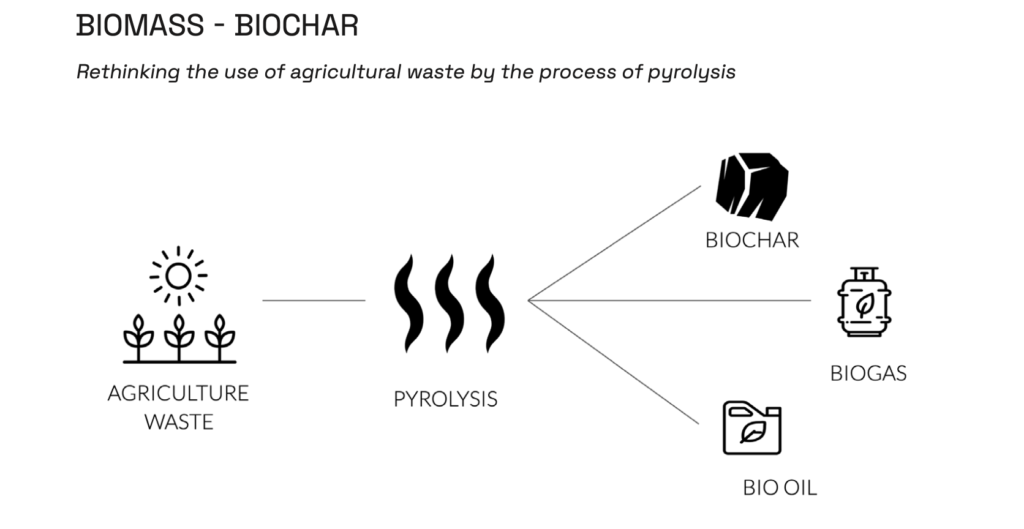
Pyrolysis process
Changing the Pyrolysis Temperature/Rate, Carbon Storage, and Quantity of Biochar also varies. the pyrolysis process not only affects the carbon content of different biochar but also the net amount of solid char produced instead of liquid or gaseous byproducts. In fast pyrolysis, the heating rate ranges from 100 to 1000 ?C/s, causing thermal cracking, but produces about 15–25% biochar, with the rest being liquids and gases. In slow pyrolysis, there is a low heating rate (10 ?C/min) between 300 and 700 ?C. This produces more char, but the longer vapor residence time and lower heating
Given the wide variety of biochar feedstocks, pyrolysis temperatures, surface areas, and CO2 adsorption capacities possible, it is desirable to improve the understanding of how biochar-based adsorbents could be used for CO2 capture.
Biochar – Cement
Since 2018 there have been more than 180 papers and scientific publications discussing biochar within cementitious composites.
“The incorporation of biochar derived from waste biomass in construction materials can mitigate CO2 emissions and natural resource depletion whilst improving the mechanical performance and providing value-added merits for biochar construction materials.”
-Zhang, Y., He, M., Wang, L. et al. Biochar as construction materials for achieving carbon neutrality. Biochar 4, 59 (2022).

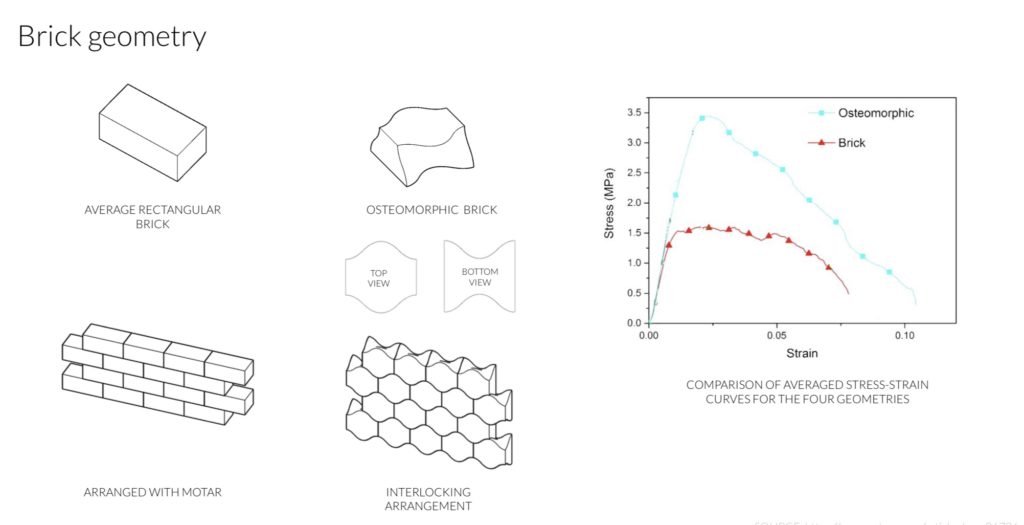
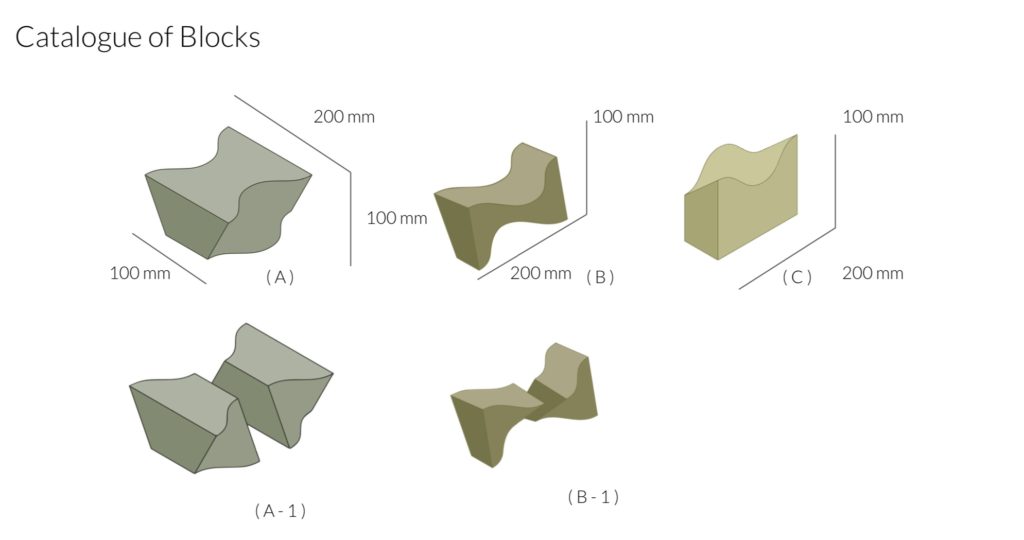
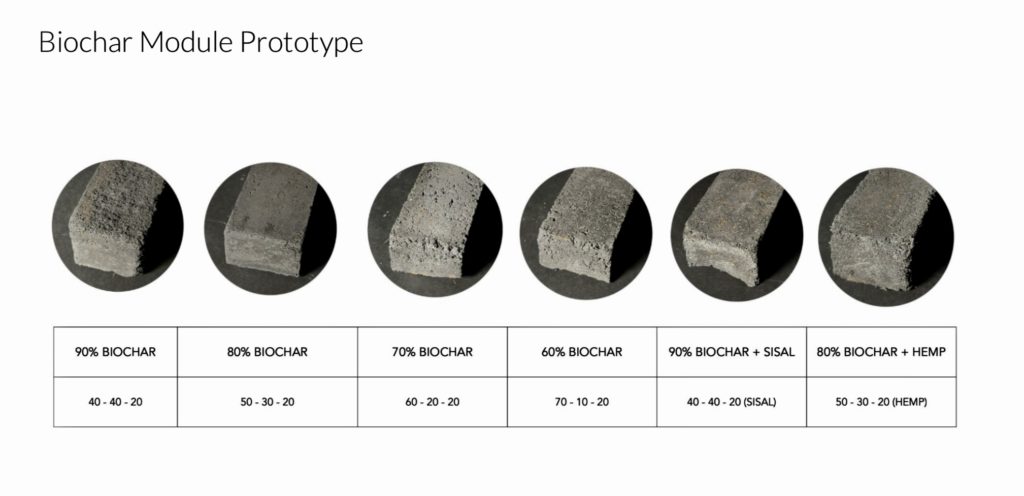

Project brief
The objective of this project is to advocate for the promotion of farmers markets and the support of local farmers, aiming to achieve dual benefits: contributing to the local economy and fostering a stronger connection between consumers and their food sources. By creating sustainable and engaging environments, our goal is to inspire a shift towards healthier dietary choices that prioritize locally sourced produce, while simultaneously strengthening community bonds.


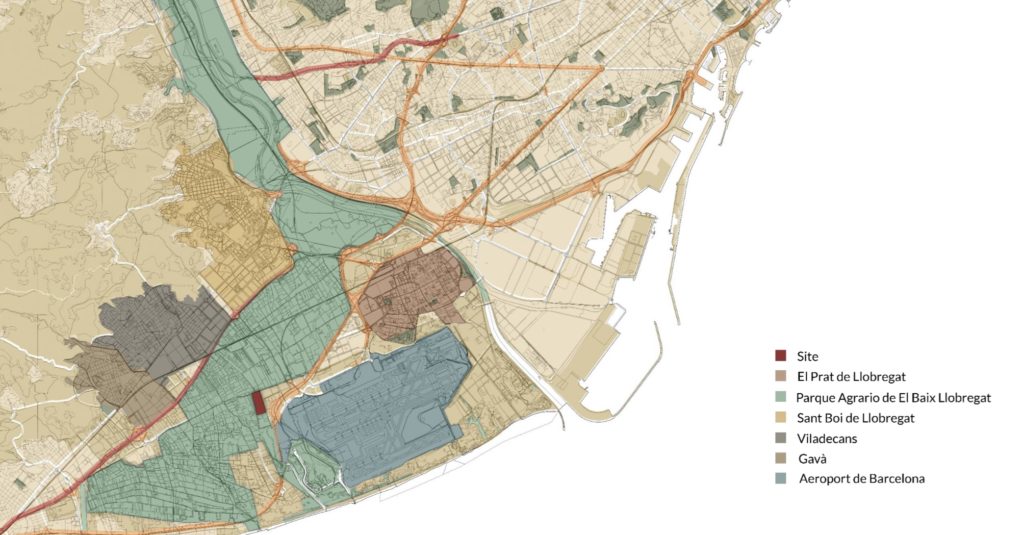
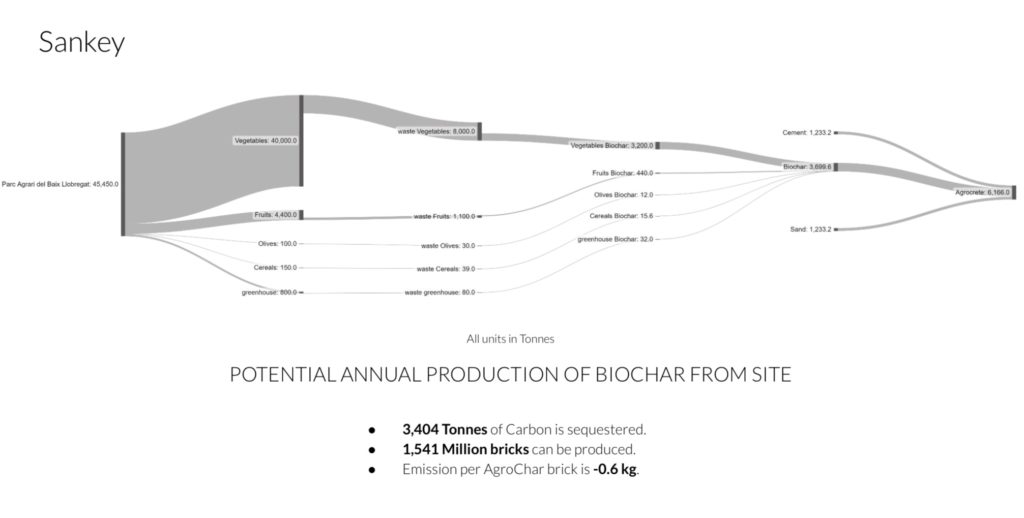
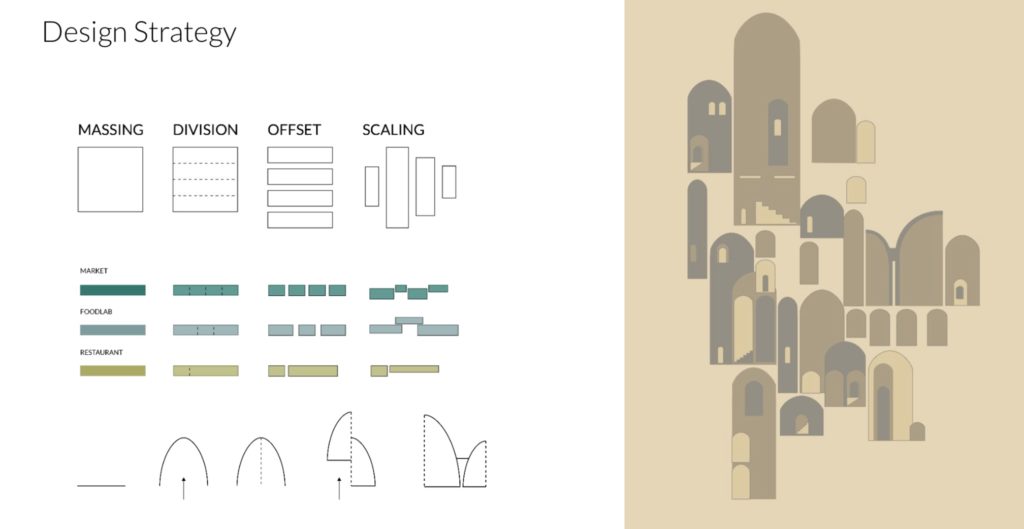
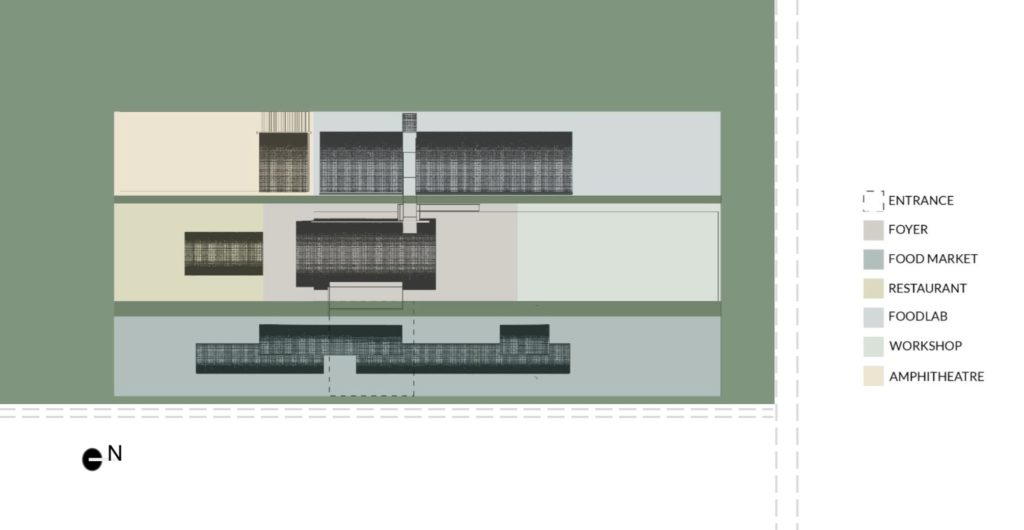
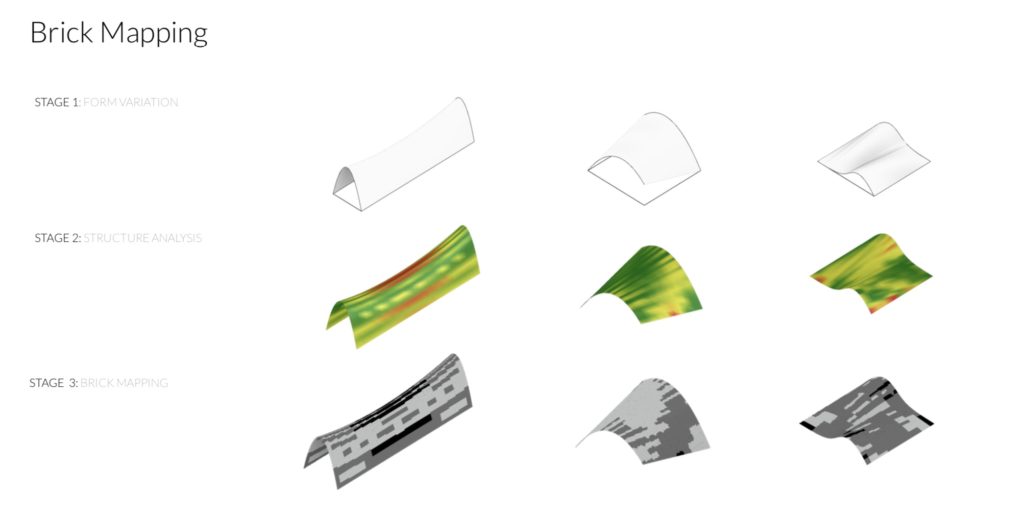


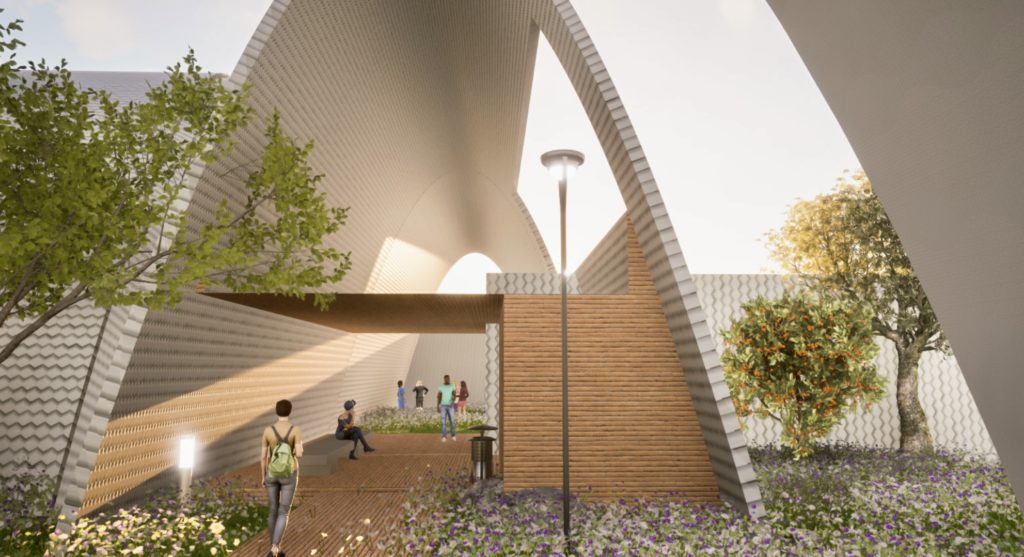
Reconfigured to structural to non structural members that allows this blocks to live longer within our eco-system
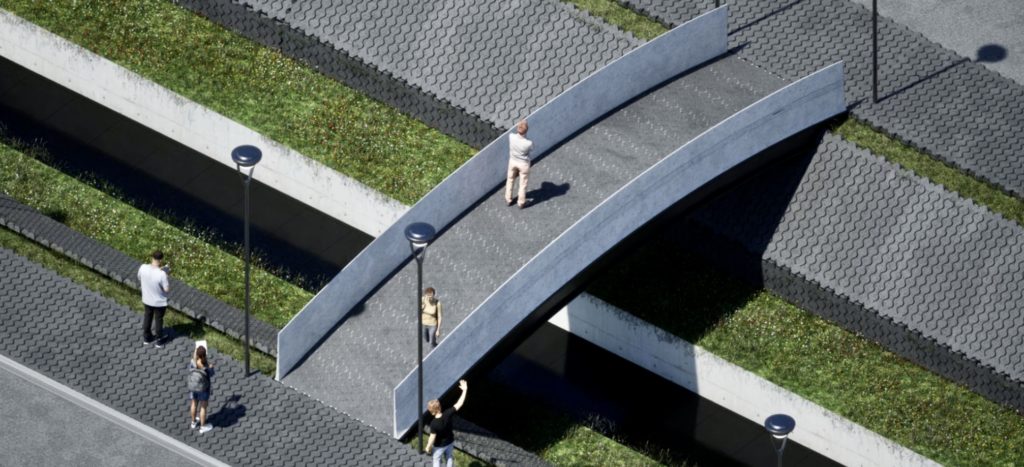
https://drive.google.com/file/d/1MH0cN_Qe3jNSj2wDx4BtB8Q7ZYKS54HA/view?usp=drivesdk

